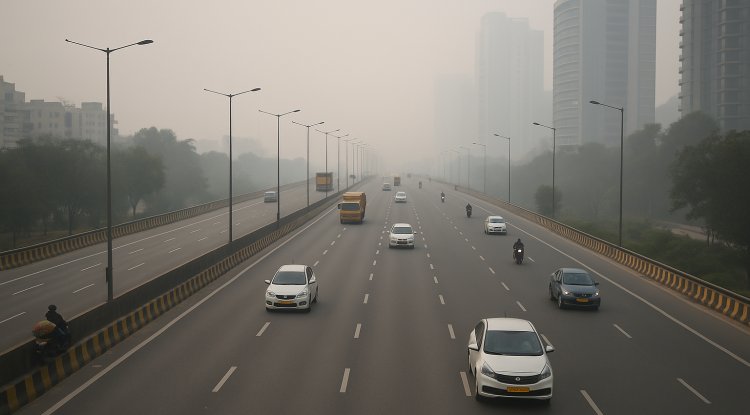IMD Issues Red Alert for North India as Heatwaves and Unseasonal Rains Strike
Red alerts for heatwaves in North India and heavy rainfall in Karnataka mark the start of June 2025, highlighting the growing volatility of India’s climate and the urgent need for adaptation measures. India's weather turns extreme as IMD issues a red alert for heatwaves in Delhi and surrounding states while Karnataka faces unseasonal rainfall. The dual climate threat signals deepening climate volatility.

India is facing severe and prolonged climatic disturbances as June 2025 opens with extreme heat across the northern plains and unseasonal rainfall in southern regions. The Indian Meteorological Department (IMD) has issued a red alert for several northern states including Delhi, Uttar Pradesh, and Rajasthan, warning of hazardous heatwave conditions. Simultaneously, parts of Karnataka are experiencing unexpected heavy rain, adding to the challenges of seasonal unpredictability.
Northern India continues to endure record-breaking temperatures, with day-time highs crossing 45°C in multiple locations. The IMD’s red alert underscores the severity of the situation, urging residents to limit outdoor activity, especially during peak hours. These warnings come as part of the department’s proactive heatwave strategy designed to prevent heat-related illnesses and fatalities.
The states most affected include Haryana, Punjab, Uttar Pradesh, Rajasthan, and the National Capital Territory of Delhi. Schools have been advised to remain closed or modify hours, while local authorities have set up cooling centers and water stations to aid vulnerable populations. Health departments in multiple states are also on high alert.
In stark contrast to the heat gripping the north, parts of Karnataka and other regions in South India are witnessing intense, localized downpours. These are attributed to pre-monsoon cyclonic activity, unusual even by regional standards, and have caused flooding in low-lying areas. These unseasonal rains are affecting transportation, power supply, and early agricultural activities.
The dual nature of climatic extremes within the same country reflects the growing variability of India’s weather systems. The presence of heatwaves in some regions and floods in others poses complex management challenges. The combination of global warming and localized weather triggers such as El Niño and regional jet stream patterns are exacerbating these extremes.
The wider implications also affect energy consumption and urban infrastructure. Peak electricity demand in Delhi and other cities has reached record levels due to increased use of air conditioning and cooling appliances. This has raised concerns over grid stability and water shortages, as many cooling systems rely on water-intensive technologies.
Environmental experts suggest that these developments are not anomalies but signs of a shifting climate baseline. The IMD’s early warnings, while helpful, must be supplemented by long-term urban planning, robust public health responses, and climate-resilient infrastructure. Moreover, the incident has renewed discussions around India’s preparedness for extreme heat and the urgent need to adapt agriculture and livelihoods to evolving weather conditions.
Conclusion
As India navigates this latest round of extreme climate events, it becomes increasingly evident that weather patterns are growing less predictable and more dangerous. The IMD’s red alert and accompanying rain warnings point to the dual pressures of heat and unseasonal precipitation confronting India simultaneously. Both require urgent policy-level responses, investment in infrastructure, and public awareness to mitigate the human and economic costs of climate extremes.
Source:Outlook Business
What's Your Reaction?

















